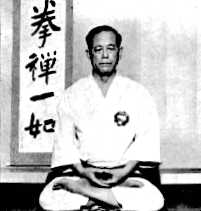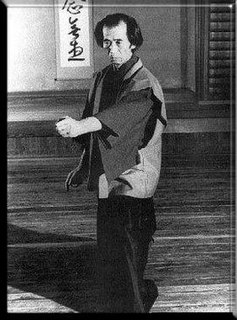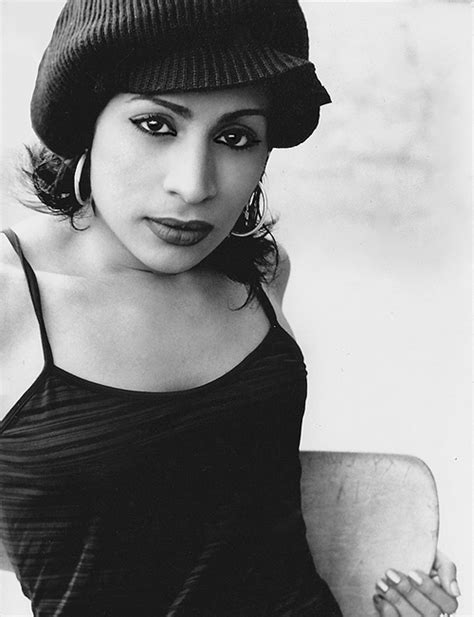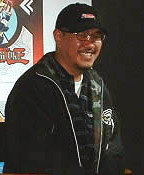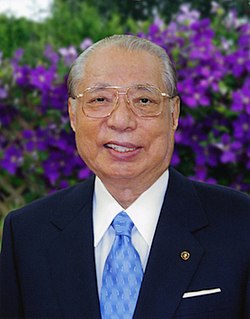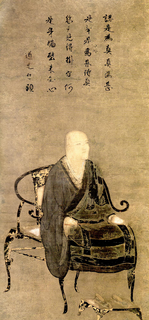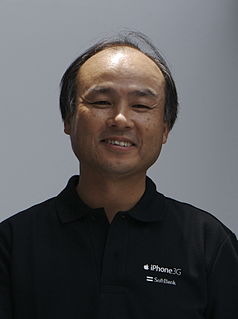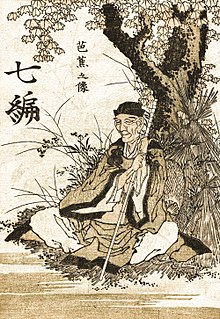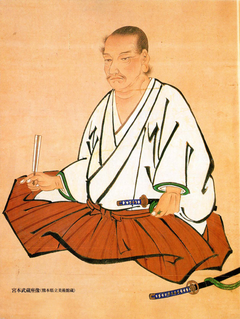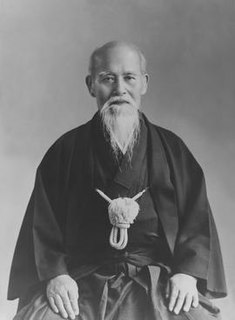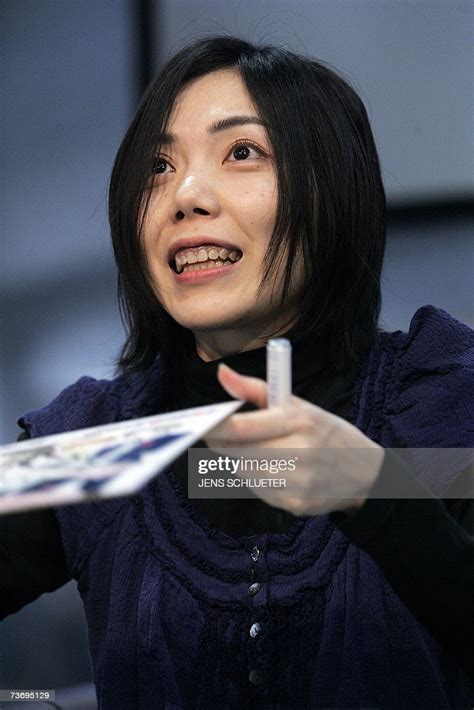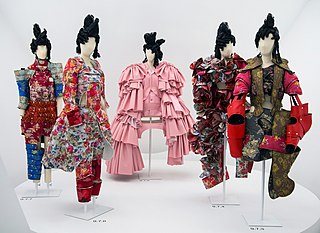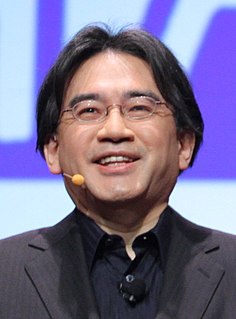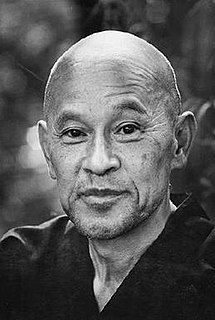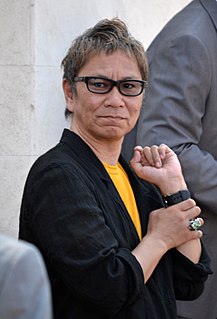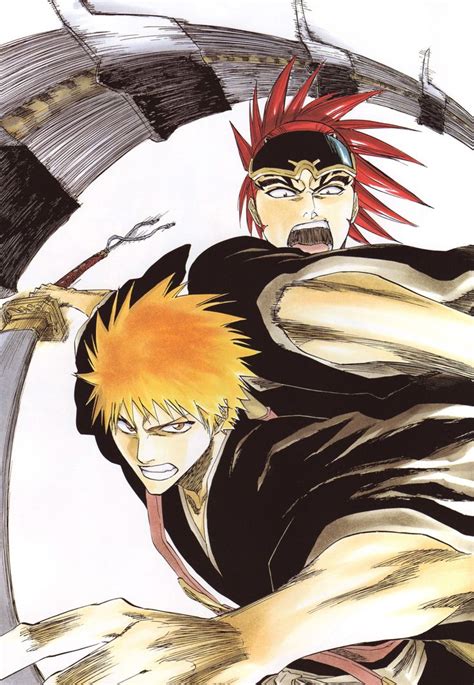A Quote by Gogen Yamaguchi
It is not the number of Kata you know, but the SUBSTANCE of the Kata you have acquired.
Related Quotes
There is no place in contemporary Karate-do for different schools. Some instructors, I know, claim to have invented new and unusual kata, and so they arrogate to themselves the right to be called founders of "schools". Indeed, I have heard myself and my colleagues referred to as the Shoto-kan school, but I strongly object to this attempt at classification. My belief is that all these "schools" should be amalgamated into one so that Karate-do may pursue and orderly and useful progress into man's future.
What frustrated me was the thought that with three thousand years of history someone in China, some monk in a monastery halfway up a mountain, must have developed a magic kata, a physical expression of formae. Or at least have got close enough to explain all those legendary swordsmen and their inexplicable desire to roost on the tops of bamboo trees.
A student well versed in even one technique will naturally see corresponding points in other techniques. A upper level punch, a lower punch, a front punch and a reverse punch are all essentially the same. Looking over thirty-odd kata, he should be able to see that they are essentially variations on just a handful.
Hoping to see karate included in the universal physical education taught in our public schools, I set about revising the kata so as to make them as simple as possible. Times change, the world changes, and obviously the martial arts must change too. The karate that high school students practice today is not the same karate that was practiced even as recently as ten years ago [this book was written in 1956], and it is a long way indeed from the karate I learned when I was a child in Okinawa.



